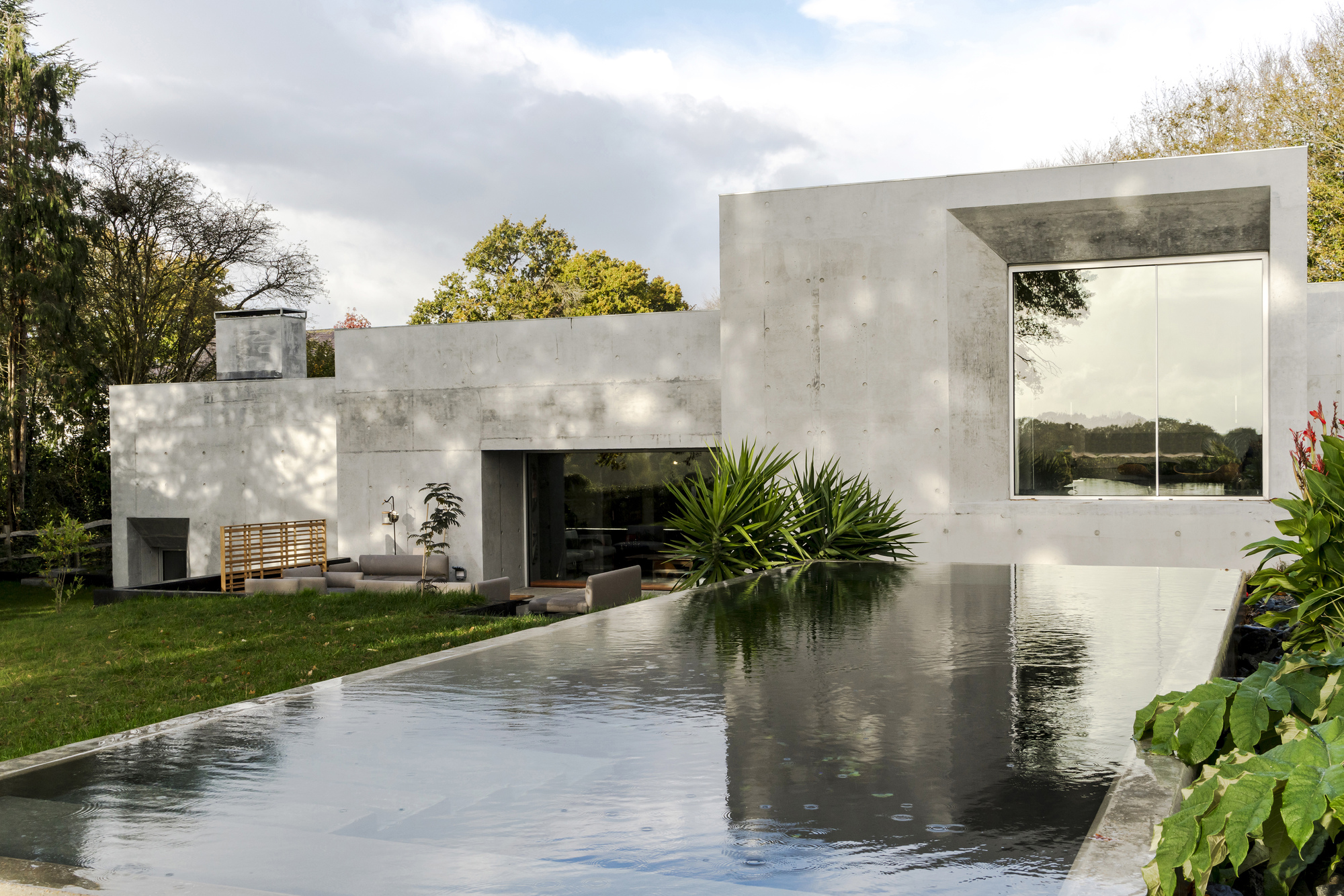Concrete, a timeless building material, continues to shape the architectural landscape across various sectors. Its remarkable versatility, durability, and aesthetic potential make it a popular choice for residential, commercial, and industrial applications. This article explores the diverse uses of concrete in architecture and highlights its benefits, including its role in sustainable design.
1. Residential Applications
Concrete’s adaptability and aesthetic flexibility make it an excellent choice for residential architecture. Here’s how concrete is transforming homes:
- Durable Foundations: Concrete foundations provide a stable and long-lasting base for homes. Its resistance to weathering and pests ensures structural integrity over decades.
- Modern Aesthetics: Exposed concrete walls and floors offer a contemporary look that complements modern design. Concrete can be polished, stained, or stamped to achieve various finishes, adding texture and visual interest.
- Energy Efficiency: Concrete’s thermal mass helps regulate indoor temperatures by absorbing and slowly releasing heat. This can reduce heating and cooling costs, contributing to a more energy-efficient home.
- Sustainability: Concrete is often made from locally sourced materials, reducing transportation emissions. Additionally, its longevity means fewer replacements and renovations over time, further lowering its environmental impact.
2. Commercial Applications
In commercial architecture, concrete’s strength and versatility support a wide range of designs and functions:
- Structural Integrity: Concrete’s compressive strength makes it ideal for high-rise buildings and large commercial spaces. It can support heavy loads and withstand significant stresses, ensuring safety and durability.
- Aesthetic Variety: Concrete can be customized with various finishes, including polished surfaces, decorative patterns, and colored stains. This allows architects to create visually striking façades and interiors that reflect the brand and identity of the business.
- Low Maintenance: Commercial spaces benefit from concrete’s low maintenance requirements. Unlike other materials, concrete resists wear and tear from high foot traffic, reducing maintenance costs and downtime.
- Sustainability: Many commercial buildings use recycled concrete aggregate (RCA) in their construction. This practice reduces the demand for new raw materials and minimizes waste. Additionally, concrete’s thermal mass contributes to energy savings in commercial buildings.
3. Industrial Applications
Concrete’s robustness and versatility are particularly valuable in industrial settings:
- Heavy-Duty Construction: Concrete’s strength makes it suitable for industrial facilities, warehouses, and manufacturing plants. It can support heavy machinery and withstand harsh operating conditions.
- Safety and Fire Resistance: Concrete’s fire-resistant properties enhance safety in industrial buildings. It can contain fires and prevent their spread, protecting both the structure and its occupants.
- Durability: Industrial environments often involve exposure to chemicals and extreme conditions. Concrete’s resistance to corrosion and chemical damage ensures long-term durability and reduces the need for frequent repairs.
- Sustainability: Concrete’s longevity and ability to incorporate recycled materials align with sustainable practices in industrial construction. Many industrial projects use green concrete, which includes supplementary cementitious materials (SCMs) like fly ash or slag, reducing the carbon footprint of construction.
Benefits of Using Concrete
Concrete’s advantages extend beyond its practical applications, making it a preferred choice across various sectors:
- Longevity: Concrete’s durability ensures that structures have a long lifespan, reducing the need for frequent repairs and replacements.
- Flexibility: Its adaptability allows for a wide range of design possibilities, from sleek modern finishes to intricate patterns and textures.
- Cost-Effectiveness: While the initial cost of concrete may be higher than some materials, its low maintenance requirements and durability often result in lower long-term costs.
- Sustainability: Concrete can contribute to sustainable building practices through the use of recycled materials, energy-efficient properties, and its ability to lower the overall carbon footprint of construction.
Conclusion
In conclusion, concrete’s role in architectural design spans residential, commercial, and industrial applications, offering unmatched durability, versatility, and aesthetic potential. Its benefits, including sustainability, make it a valuable material for modern construction, helping to create structures that are both functional and environmentally responsible. As architects and builders continue to innovate, concrete will undoubtedly remain a cornerstone of architectural design.



